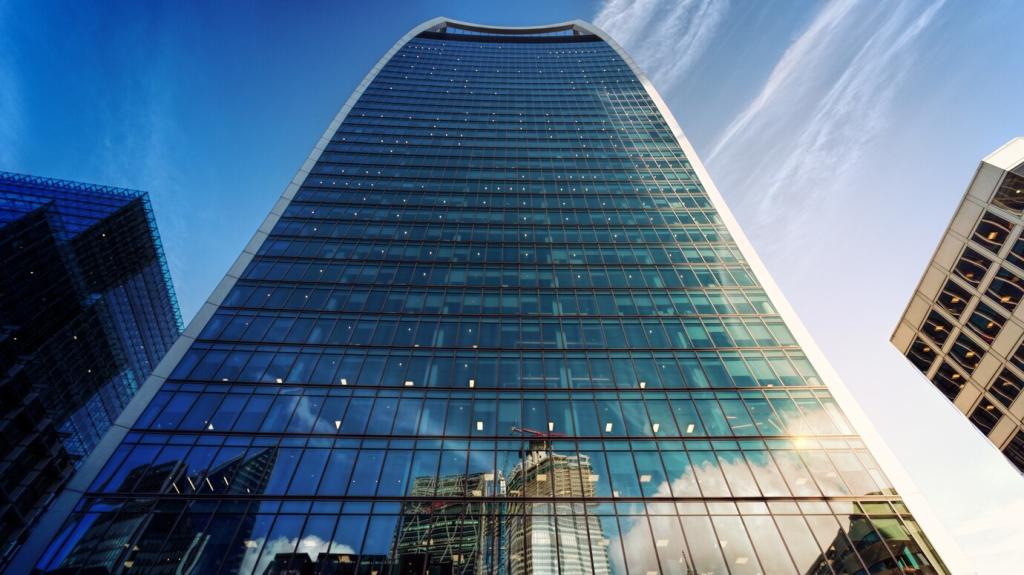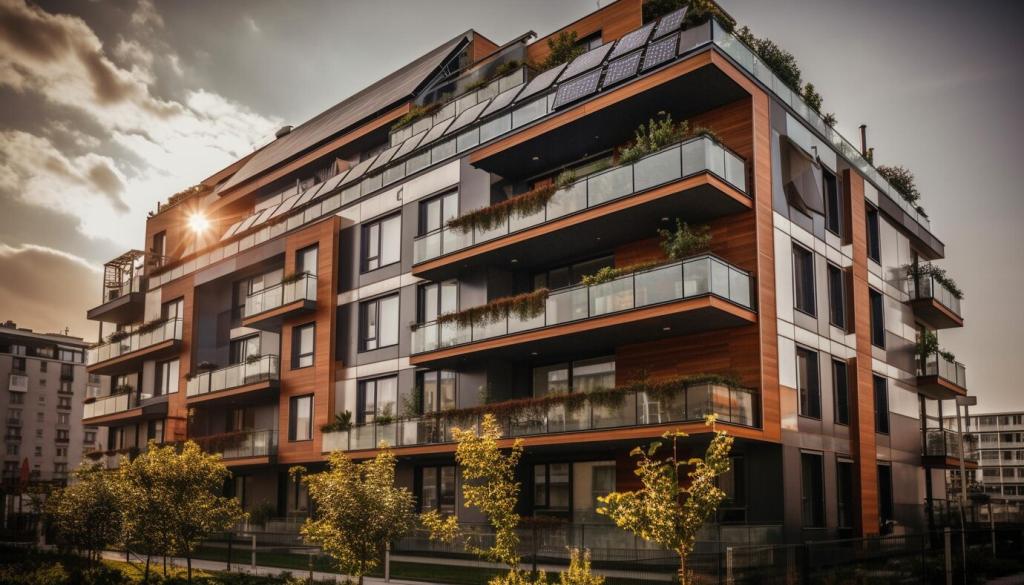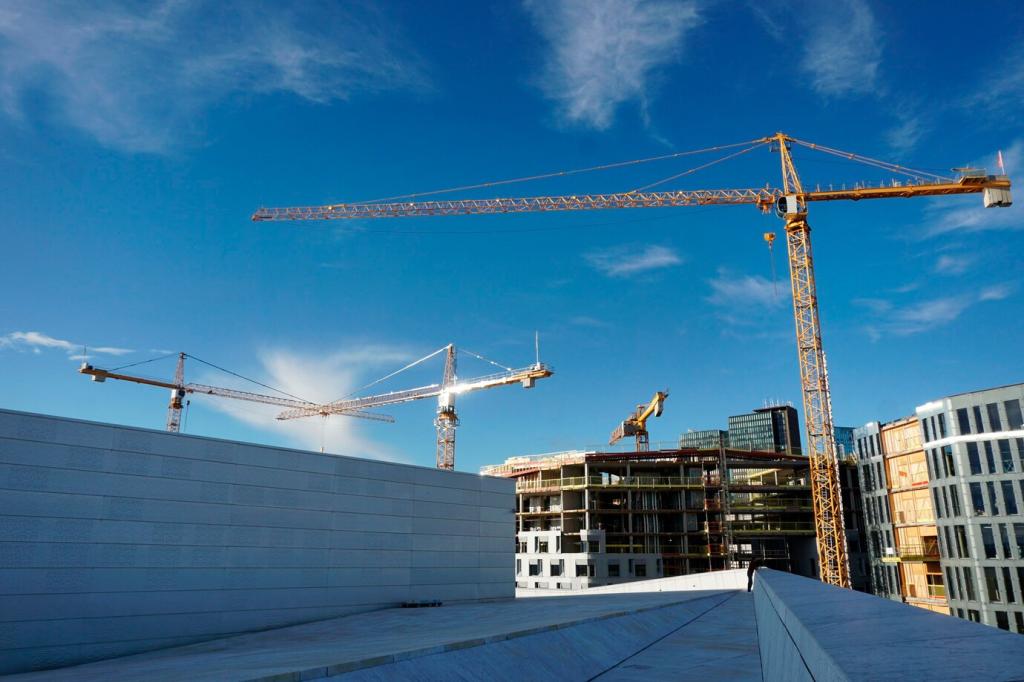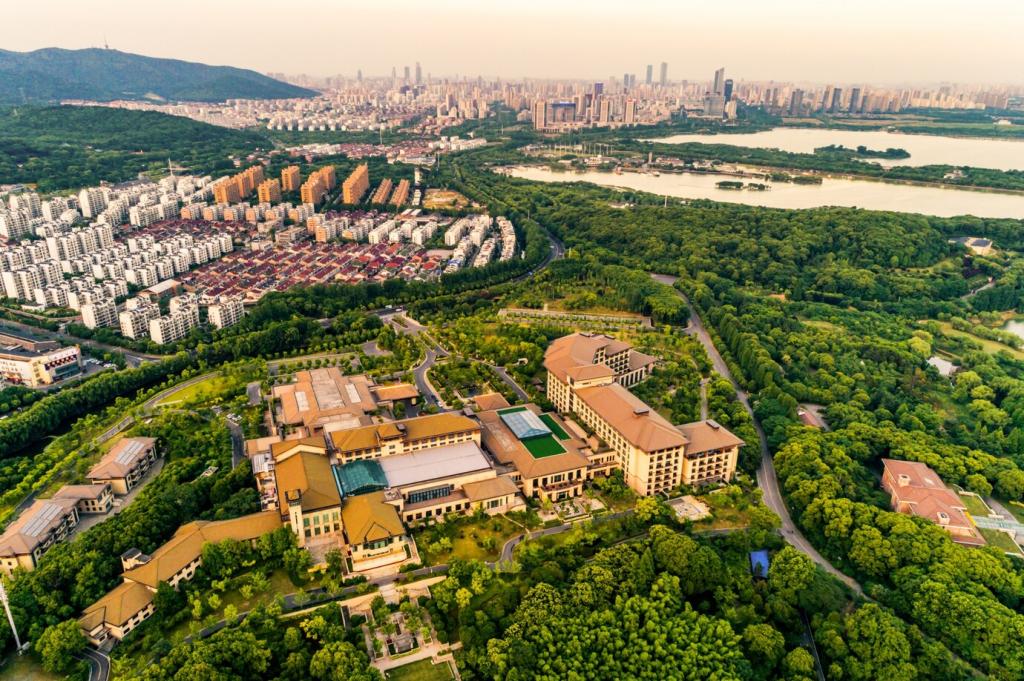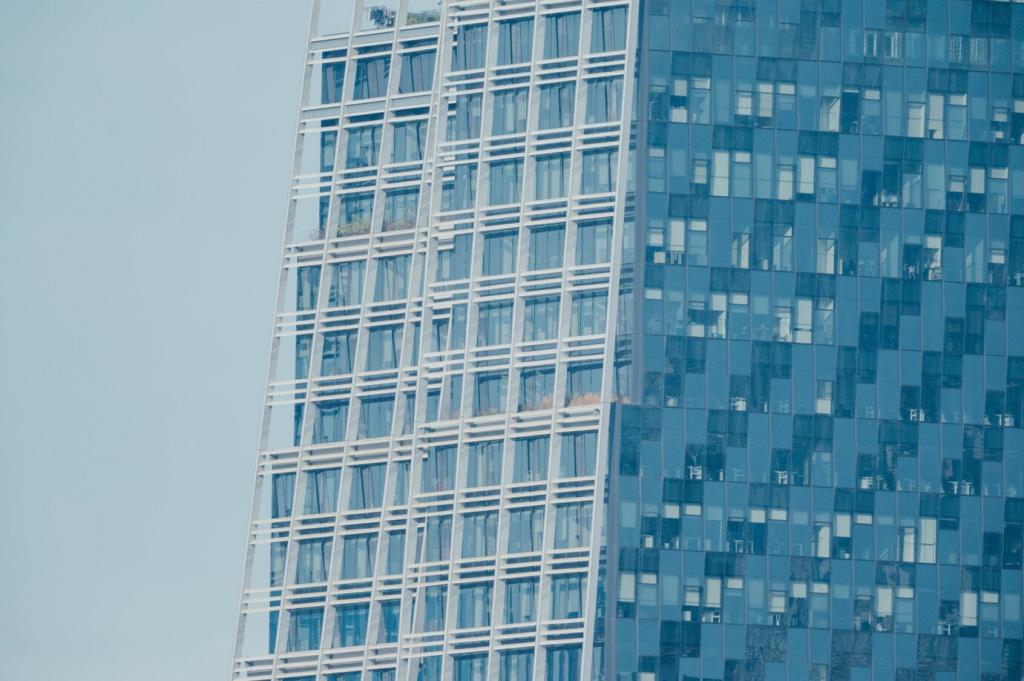Climate‑Smart Housing for Resilient Cities
Heat pumps, insulation, and fresh-air systems cut bills and asthma triggers. Upgrades in older buildings often pay back quickly while easing peak grid stress. Would you support a retrofit fund tied to rent stability and jobs for local residents?
Climate‑Smart Housing for Resilient Cities
Shade trees, reflective roofs, and rain gardens lower urban heat and absorb storms. Pairing these with new housing makes sidewalks welcoming year-round. Tell us where heat hits hardest in your city so we can prioritize cooling investments.

